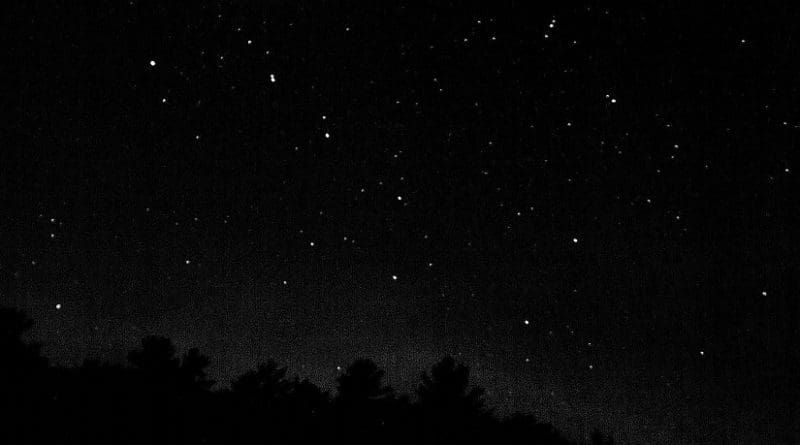EU-Funded Astronomers Discover ‘James Dean’ Of Stars
Located nearly 11 000 light years away, a recently discovered star could provide EU-funded astronomers with new clues as to how the universe’s most massive stars are formed.
Although it’s already 30 times the size of our own sun, a recently discovered star is, in the grand-scheme of astronomy, surprisingly young. As a young star, it’s still in the early stages of gathering material from its parent molecular cloud, and scientists from the EU-funded DISCSIM project believe it will become even more massive as it reaches astronomical adulthood. Since massive stars are created in a similar fashion as much smaller stars, being able to actually observe a young one grow via a rotating disc of gas and dust is a unique opportunity to see how our own sun was created.
Researchers stress how rare an opportunity this is. At least in our galaxy, massive young stars are more difficult to study as, being the James Dean of stars, they tend to ‘live fast and die young’. In other words, these stars are a rare find amongst the Milky Way’s 100 billion stars. In fact, as DISCSIM researchers point out, an average star like our sun is formed over the course of a few million years. Massive stars, on the other hand, are much faster – taking a mere 100 000 years to form. But this speed comes with a price, namely that these stars burn through their fuel quicker, making them, as one researcher puts it, ‘harder to catch when they are infants’.
Inside a stellar nursery
So how did the DISCSIM team stumble upon this astronomical rarity? The star was discovered within the cold and dense region of space known as an infrared dark cloud, which happens to make for an ideal stellar nursery. The downside to these regions is that, due to a thick cloud of gas and dust that surrounds it, it is extremely difficult to observe what happens inside using conventional telescopes.
To circumvent this obstacle, researches made use of the Submillimetre Array (SMA), located in Hawaii, and the New Mexico (USA) based Karl G Jansky Very Large Array (VLA). Both of these instruments use relatively long wavelengths of light, essentially giving users x-ray vision to see through the cloud and into where the young stars are formed. Next, using unique fingerprints of various different molecules in the gas, researchers measured the amount of radiation emitted by the cold dust around the star. This allowed them to identify a ‘Keplerian’ disc, or a disc that rotates more quickly at its centre than at its edge – similar to the rotation found in the solar system. This disc suggest that massive stars in fact form in a similar way to such lower mass stars as the sun.
DISCSIM researchers say this is important information to know in their quest for definitive answers about whether planet formation is able to start during this early, self-gravitating phase of disc evolution. As the topic of gravitational disc fragmentation as a route to planet formation is currently in what researchers call ‘a state of crisis’ due to recent simulations undermining what had been considered the consensus view, a carefully-constructed and conclusive approach such as the one being conducted here is needed.
The universal heavyweight
As a next step, researchers plan to observe the same region using the Atacama Large Millimetre Array (ALMA), a key objective of the DISCSIM project. These powerful instruments, which are expected to become available during the project’s lifespan, will allow more companions to be viewed – and researchers are confident these observations will provide even more insight into the early lives of our galaxy’s heavyweight stars.

